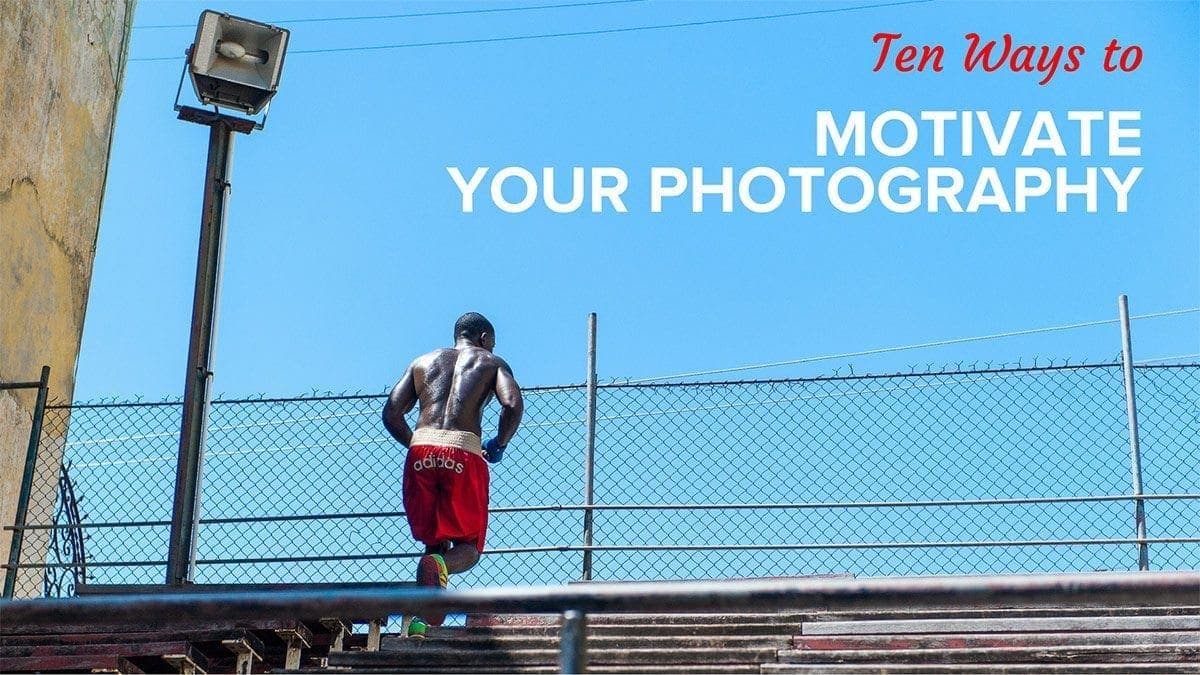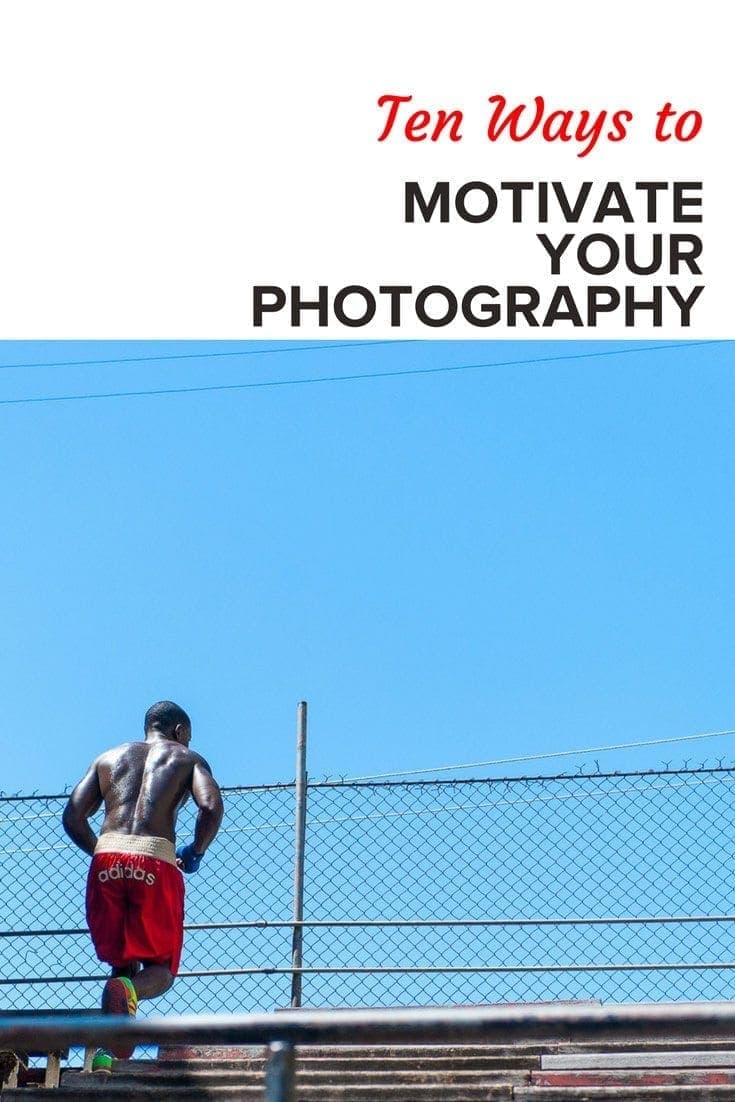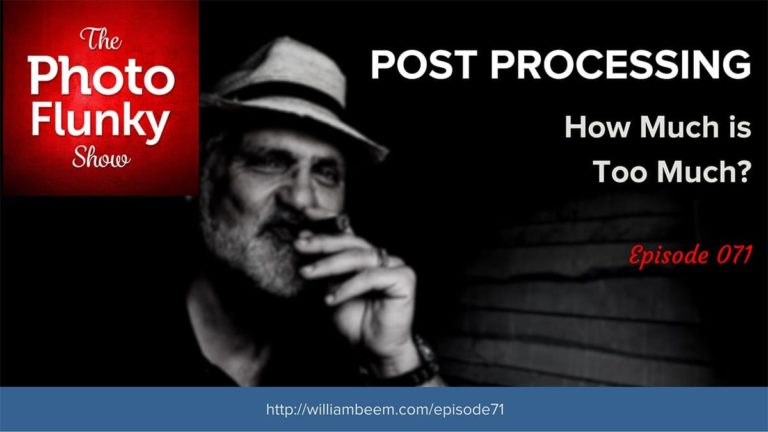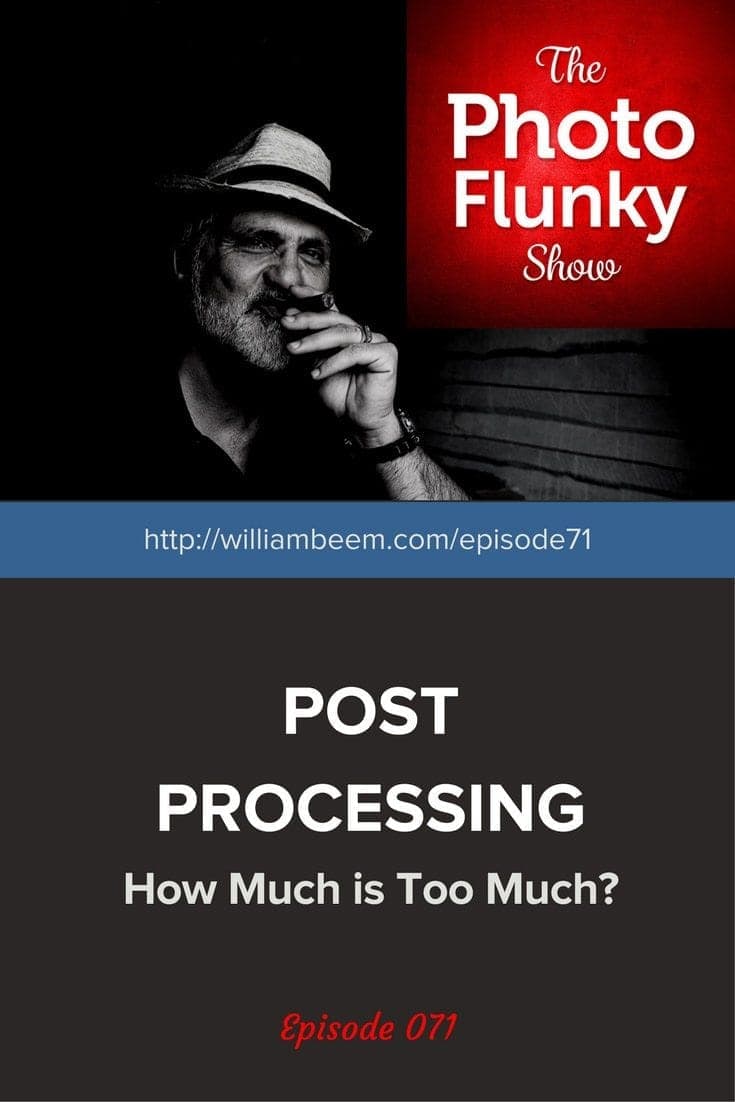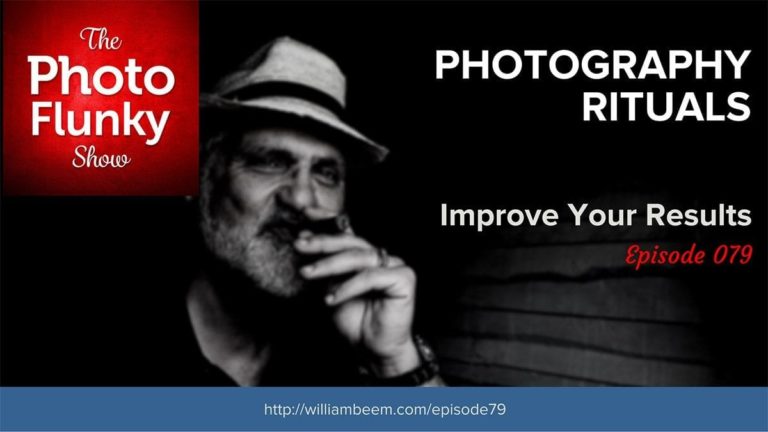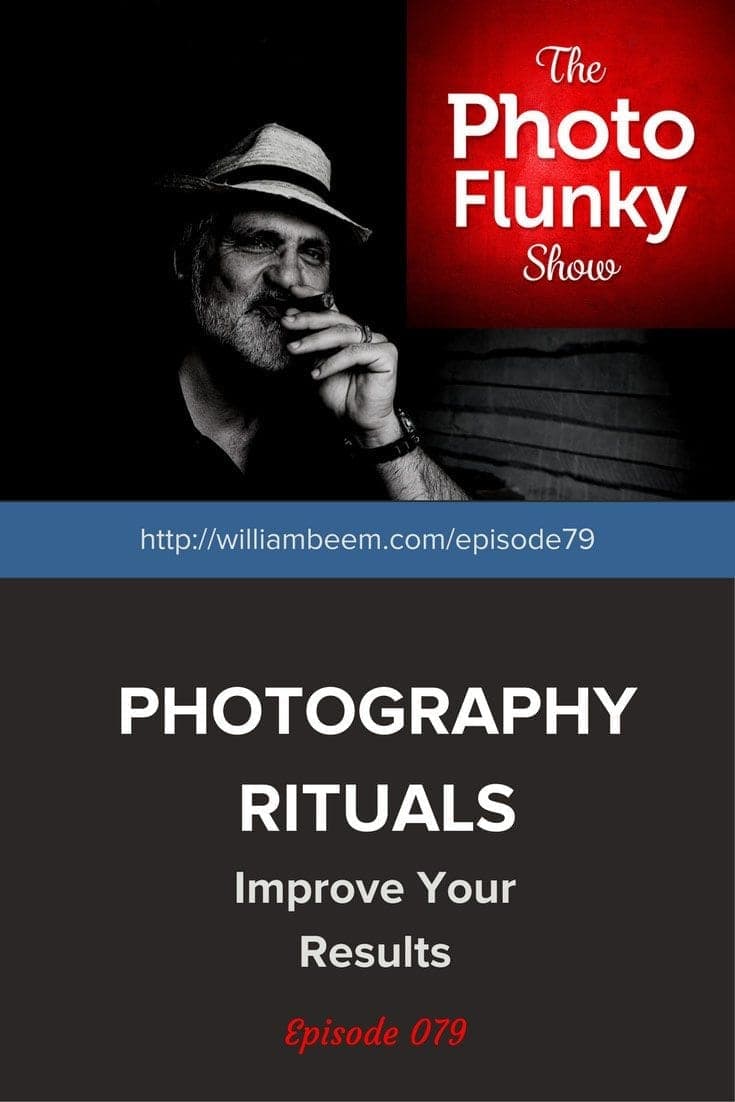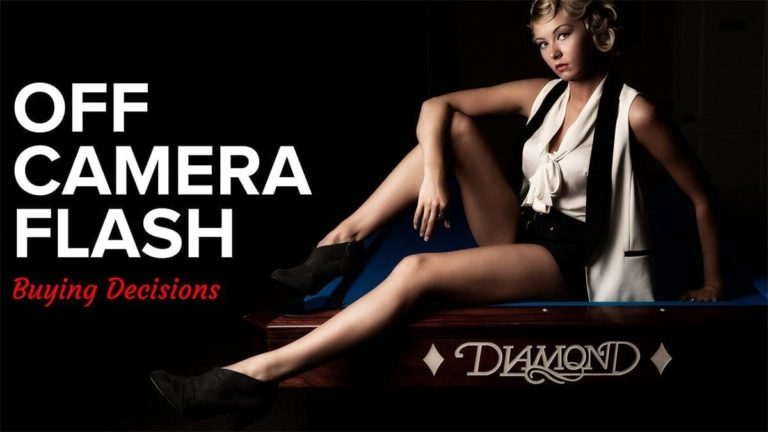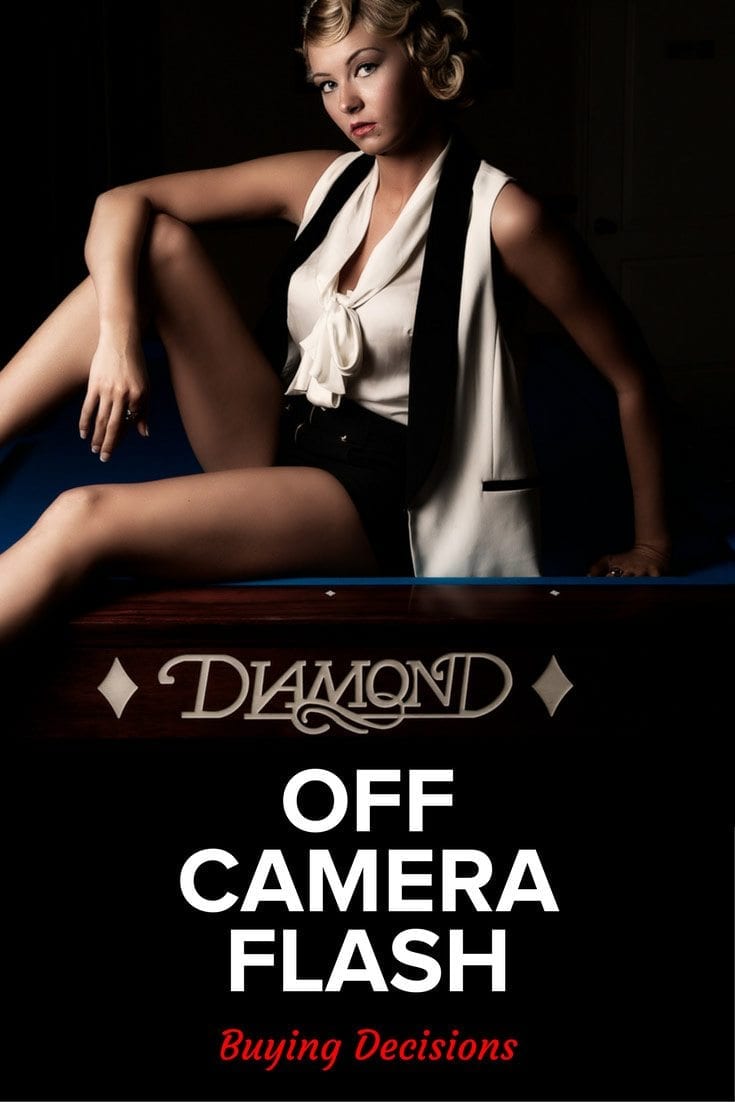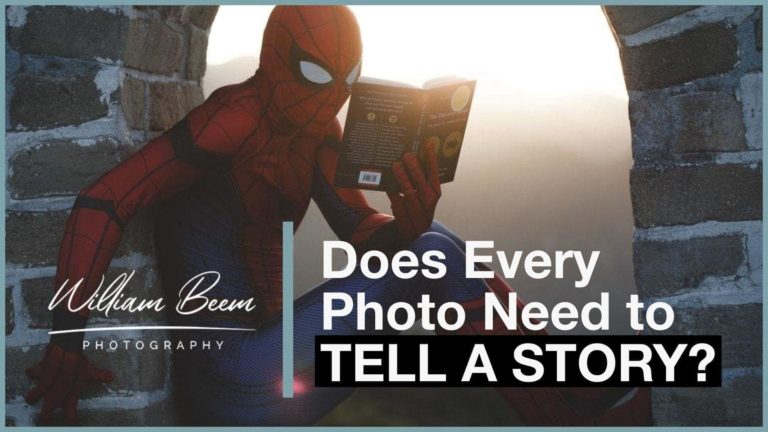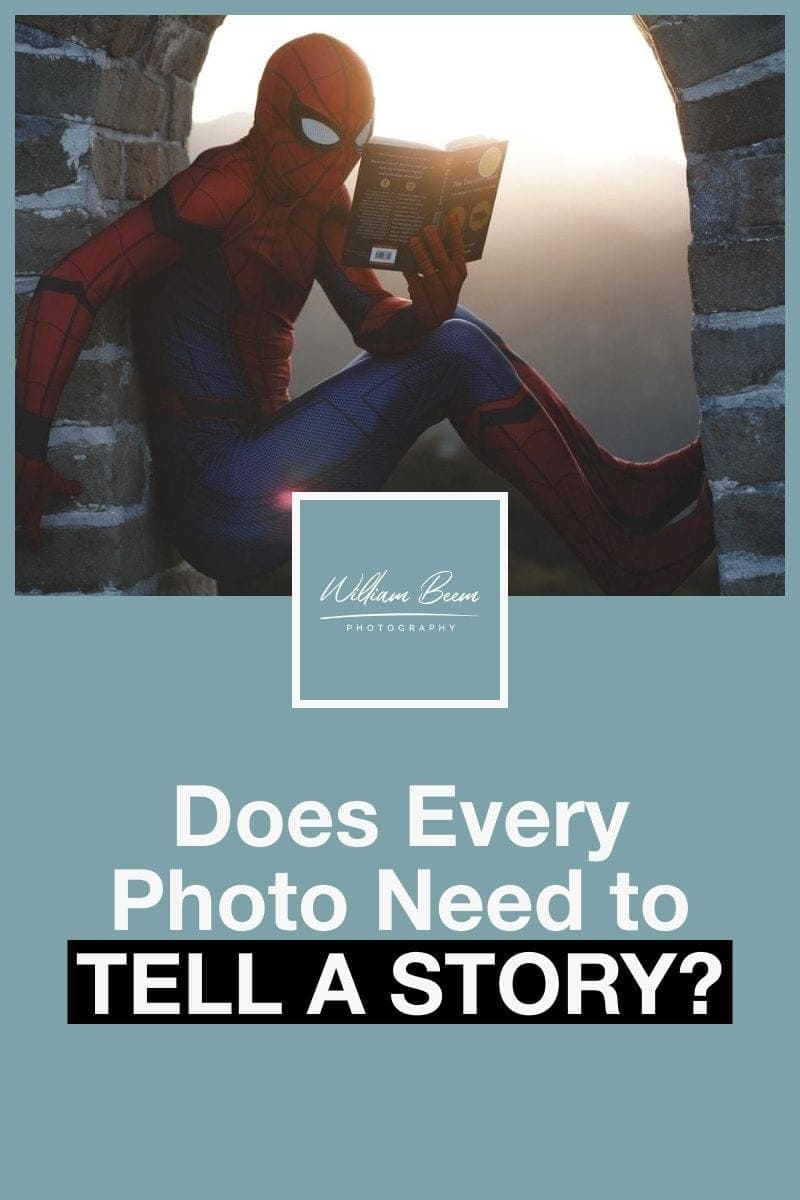Affiliate Disclosure: We earn a commission if you purchase through one of our links at no additional cost to you.
Today’s show discusses ten ways to motivate your photography. We all need it sooner or later. If you get into a rut and just don’t feel like doing the same thing, you stop taking photos. Then you realize that you actually love photography. It’s just that you need something fresh.
Here’s how to find your motivation.
1: Find Your One Thing
Did you ever see the movie, City Slickers? There’s a scene in the movie that describes the secret of life.
Check out the video clip below. The One Thing starts at 2:05 into the clip. There’s a small bit of adult language here.
Basically, there’s only one thing that’s truly important in life, and you have to figure out what it is. I found it’s the same with photography.
What is it that really matters to you?
I already knew that I whittled my subject list down to Portrait and Travel photography, but that wasn’t enough. There was something beyond my subject choice that was missing.
I needed to find my “why.”
Why are these subjects important to me? What is it that’s going to make me want to get out of bed and be excited about photography? What’s my end game?
Once I answered those questions, I knew what I needed to do. Now I’m doing it.
You can, too.
2: Get Someone to Critique Your Existing Photos
Having a useful, serious photo critique can open your eyes. We’re all a bit defensive about our photos, and yet we can also be insecure about them. Enduring a critique may seem like something scary.
It isn’t.
A critique from someone who truly understands photography better than you do, and also wants to help you succeed, is really a wonderful experience.
My first real photo critique was at Photoshop World in Las Vegas by Mike Kubeisy. Some people get really wound up about these critiques. I was waiting in the hall outside of the critique room when an elderly woman came out and dramatically fainted right at the door.
It was all for show.
She just had her critique from Joe McNally, who apparently was one of her heroes and she found the experience…somewhat emotional. So she dropped like a dead fish.
Joe, being the kind man that he is, came up to the door to check on the woman. By that time she’d gotten up right after she flopped and he asked if she was alright. I let him know that she was flustered after her experience, which really seemed to surprise him.
He said, “It’s just a critique.”
He’s right.
So after that show, I venture inside and show Mike my photos. Let’s face it, they needed work. Mike never showed me anything negative about my photos. Instead, he provided insight to some changes I could make next time around. For example, turning the wrist of one female model has a slimming effect.
One thing I really remember was his comment about models who touch their face or the side of their head.
“It always looks like they’ve got a toothache or something.”
Basically, it isn’t a natural movement. You don’t see people standing around with their hands like the poses of many models. He’s right.
Since that moment, I never shoot models when they raise their hands up to their face in “model poses.” Partly because of his feedback. Partly because I’m tired of seeing armpits.
Since then, I had more photography reviews. When I attended workshops with Joe McNally, a review of the previous day’s work starts off with everyone. Joe was always kind, yet constructive, with his critique.
Basically, don’t fear the critique. It’s there to help you and can let you pinpoint some of the things that perhaps you never knew about your photos, and why they’ve held you back.
3: Drop Your Old Habits and Find New Ones
After your critique, you may realize that you’re doing the same thing over and over again. Well, find something fresh. More importantly, find something fresh that servers your answer to your One Thing.
That may mean getting out of the studio and shooting on location. Maybe you need a new location. Perhaps new subjects.
One of the things that excites me about my current goal is that I have to force myself to collaborate with people who aren’t really invested in photography or modeling.
Yes, I want to photograph real people doing the things that they love to do.
Just that one decision forced me out of my usual rut. My goal pushes me outside the norm, beyond my comfort zone.
I’m not saying that you have to hang upside down from a cliff to get your next great photo, but maybe you could switch up some of your routine choices.
Baby steps still keep you moving forward.
4: Create a Challenge to Improve Your Skill
If you chose a goal that pushes you beyond your current level of work, that’s great! You can get there with a bit of work. One of my recommendations is to create a photography challenge to help you improve where you need it.
For example, let’s say that your One Thing requires that you improve your Off Camera Flash skills. There’s your challenge. Now you need a plan to master your flash so you can pursue your One Thing.
Check out the link above about your photography challenge. Make sure you understand your objective and keep it time-bound so this doesn’t drag out. This challenge is your mission, and missions need to have a successful outcome. Don’t drag it out, because that gets in the way of completing your One Thing.
If you want to get better at Off Camera Flash and don’t know where to start, I recommend Scott Kelby’s new book, The Flash Book. It’s very easy to read, easy to understand, and he gives you a system to use every time you break out your flash. The link below is an affiliate link, just so you know. There’s no extra cost to you, but I’ll receive a small commission if you buy because of my recommendation. I’m really enjoying this book, which is why I’m confident you can get results with it.
5: Develop a Style of Photography
A photography style is like your brand. When someone sees your photo, they know it’s your photo because of your consistent delivery. That includes everything from composition, post processing, concept, imagery and your imagination.
I mentioned on the podcast that I discovered a YouTube channel that shows how to re-create the style of other photographers. While I’m not encouraging you to just copy someone else’s work, it never hurts to understand how they got their style. Besides, even Steve Jobs gave us permission to use ideas when he said,
“Picasso had a saying — ‘good artists copy; great artists steal’ — and we have always been shameless about stealing great ideas.”
The channel I mentioned is by Maarten Schrader. Here’s an example of one of his videos, and he has plenty.
6: Network with Like Minded Creative People
I don’t know about you, but I’m an introvert. Some people get energy from being around others, and then some lose a bit of energy when around others.
My own view is that it depends upon who the “others” are and what we’re doing.
Put me in a small group of folks who are sharing the same vision and I have a great time. It’s incredibly rewarding, as everyone has something unique to contribute.
Despite being an introvert, I like finding people who are passionate about something and collaborating with them to create something new. We come at it from different directions. Each of us has a different skill or ability that they bring to the project. Yet we’re all working toward the same objective.
Networking isn’t just about a single project. It helps you find those friends of a friend who can collaborate on the next project, and the next. Do great work and they’ll recommend you to more people. It’s a way to develop a stream of creative work with people who want to work with you.
It’s also a good way to draw inspiration.
Now there’s a word I don’t toss around lightly. You never know when inspiration will strike, so it’s good to give yourself as many opportunities to find inspiration as you can.
So start networking.
7: Print Your Photos
There is something great about holding your photos in your hand.
I’m not talking about those 5×7 snapshots you get from CVS. Go print something big, like 24×36 big. Experience your work in large detail. Soak it in.
My first real print was back in high school. It wasn’t really that much; a shot of an old wooden bridge across a river in West Virginia. However, my parents saw something in it that they liked. They had it printed and framed and then gave it to me.
It was an awesome experience. Something that I easily dismissed as a snapshot in a 5×7 photo suddenly took on new meaning when I saw it in a large, framed print.
That encouraged me to take a risk and enter the photo in a local contest. I actually won, which shocked the hell out of me.
Print your photos. See how it makes you feel, and then imagine the next photo you want to print.
By the way, I still have that photo in the frame.
8: Assess Your Resources
You could use this as an excuse to buy new gear, but that’s not what I mean. Put your credit card down.
By now, you should know your One Thing. You also may have some idea of what you need to make it happen. So ask yourself a simple question:
Do you have what it takes to achieve your goal?
The answer to that question is more than just getting new gear, and it may not require a single new item. However, you have other resources to consider.
- Do you know how to get access to locations or the subjects you want to photograph?
- Do you have the necessary skills to achieve your objective?
- Will a new piece of gear, wardrobe, set design or some other item help you do what you need to do?
In my case, I realized that it would be much easier to achieve my goal if I replaced my lighting system. It’s not that I couldn’t do it with my existing gear, but I also realized that what I have isn’t a cohesive system. Instead, I have a conglomerate of separate pieces that I’ve cobbled together in a Frankenstein fashion.
So I looked at my Off Camera Flash criteria and made a purchase decision.
I’m completely content with this decision and it really eases my burden moving forward. Your resource needs may be completely different.
Here’s another example.
My objectives for portrait subjects don’t include the models I know. Instead, I want people who aren’t models. To get that resource, I need to work my ability to network with others and find folks who are interested in collaborating with me.
Getting started with that was fun, because they’re just as excited about participating in this project as I am.
Your resources are anything you need to achieve your One Thing.
9: Change Your Location
I touched on this as an item in #3, but I want to hit it with a hammer right now.
Get up and move somewhere new. I don’t care what genre of photography you like or what you chose for your One Thing. Do it somewhere fresh, new, and exciting.
Familiarity will lead you back into your rut. So don’t let it have a chance to take hold. Go somewhere and see things with a fresh set of eyes. Let the environment inform your decisions.
You’ll end up with photos that you would never get anywhere else, which is kind of the point.
10: Display Your Work in Public
This is the moment we truly want.
It’s fine to take photos for yourself, but the big reward comes from sharing something that makes you proud and finding others who applaud your work.
Maybe your work isn’t worthy of applause yet?
Maybe so, maybe no.
We’re all wired to be overly critical of ourselves. Sometimes getting feedback from a public audience can make us feel good. Other times it may seem harsh. So you take that criticism and keep working.
Instead of hiding from comments, go dig deeper to create something that blows the critics away.
Whether you receive admiration or condemnation, that feedback can be your fuel to drive your photography to new heights. In fact, it’s often the criticism that drives you more than the praise.
You don’t have to show everything you shoot. I don’t and neither do most photographers. Review your work and show selected pieces, and then listen.
Always listen (or read) and learn.
Those are the steps I’m using to motivate my photography. You can, too.
Save $20 on a KelbyOne Annual Membership
I mentioned on the show that I can save you $20 on an Annual Membership at KelbyOne. I’ve been a member longer than I can remember, and it’s my go-to source for photography education. They have great training for Lightroom, Photoshop, Photography, Lighting and much more.
Click the link below right now to take advantage of my discount offer and save $20.
SAVE $20 on KelbyOne – https://williambeem.com/kelbyone
Once you get on the KelbyOne page, click the Start Today link in the upper right corner to see your discount applied for an Annual Membership.
Subscribe to The Photo Flunky Show
Thank you for listening to The Photo Flunky Show. Make sure you get every episode by subscribing.
iTunes – https://williambeem.com/itunes
Stitcher – https://williambeem.com/stitcher
Google Play – https://williambeem.com/googleplay
Blubrry – https://williambeem.com/blubrry
Social Media Links
We love seeing your photos and keeping in touch with you on social media. Here’s where you can find us.

